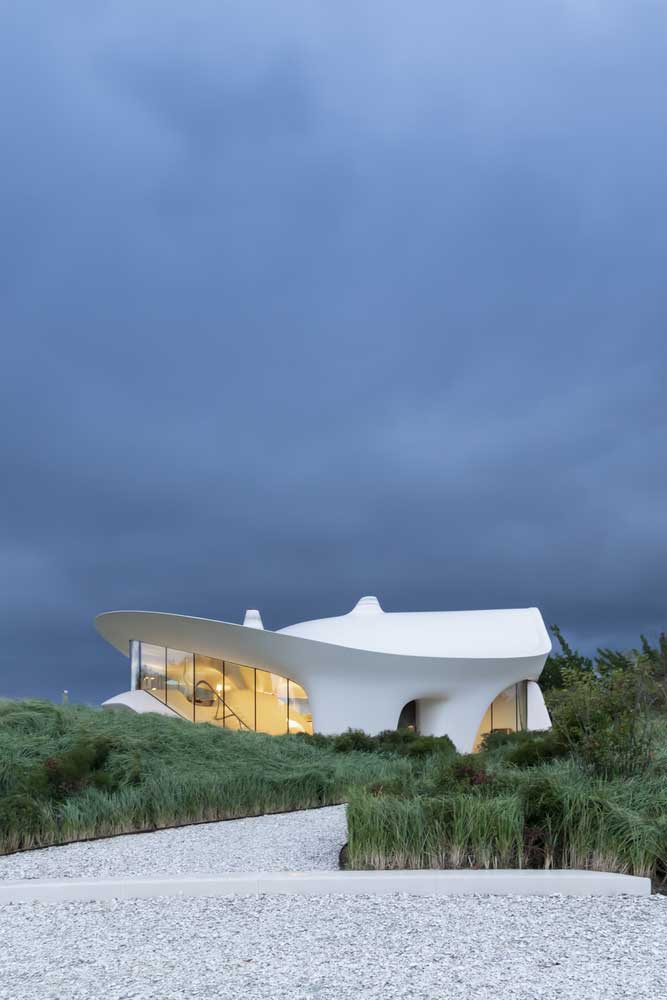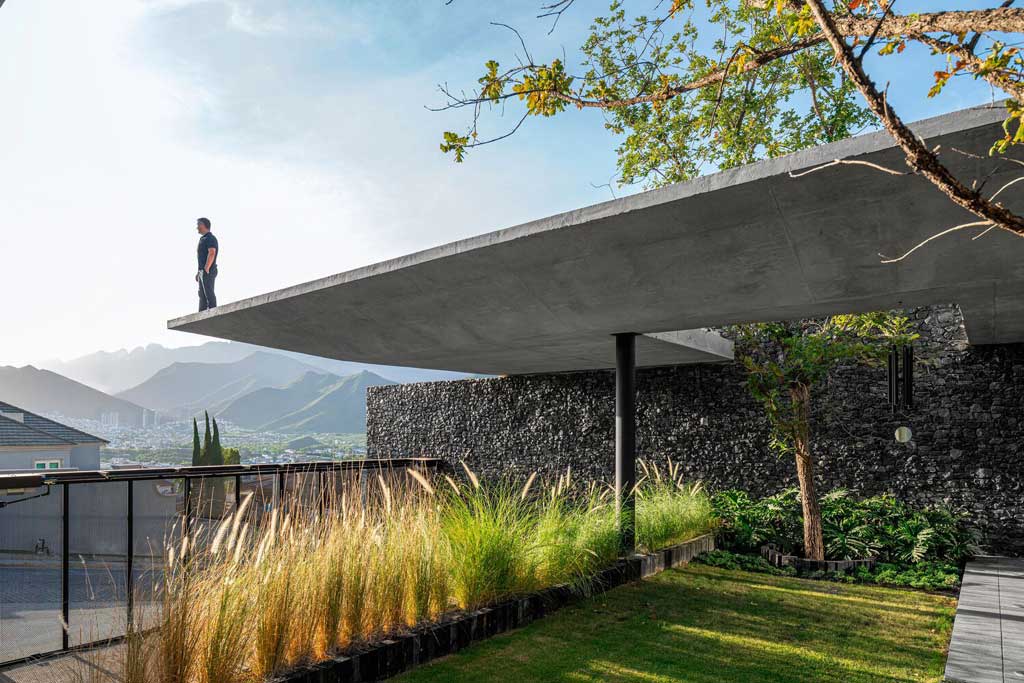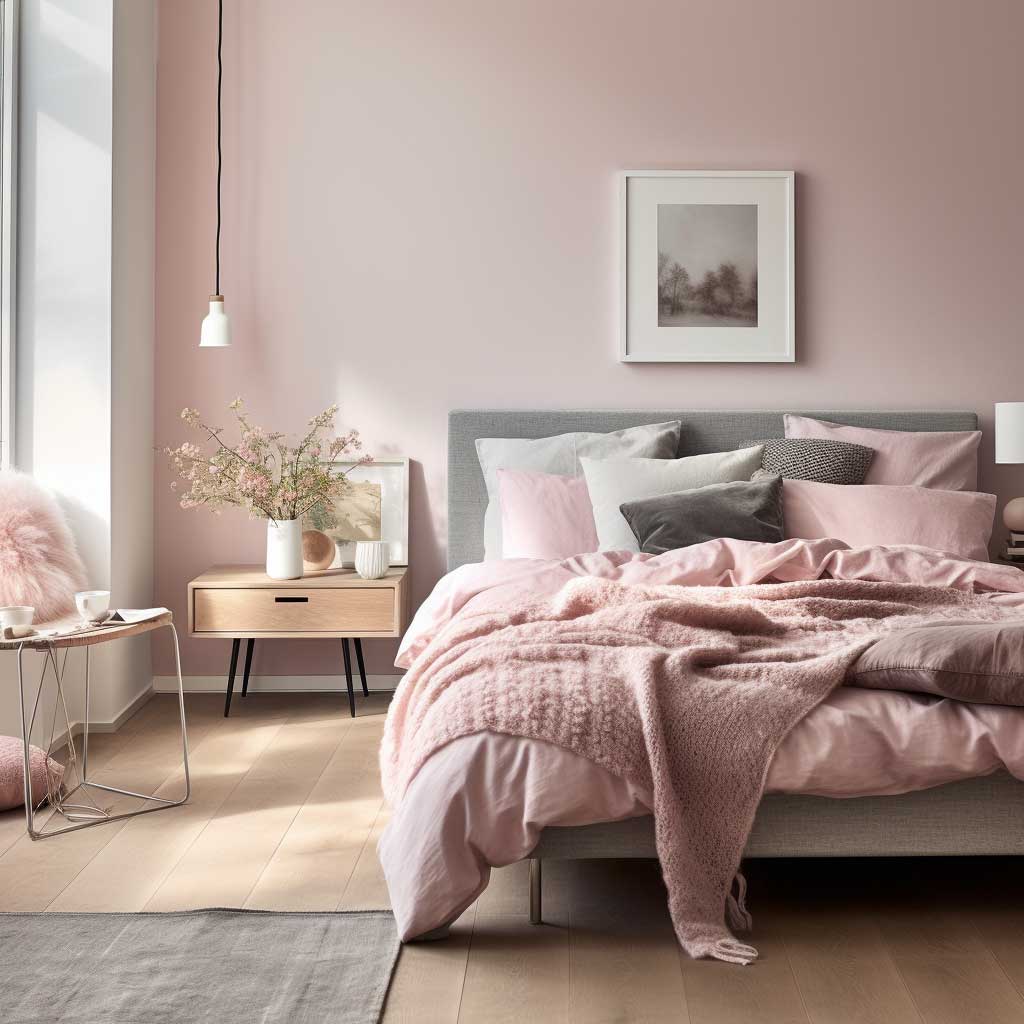In the heart of the woods, where nature’s whispers are the loudest, architecture finds a way to blend seamlessly with its surroundings. The concept of elevated living is not just about height, but about raising the standards of design, comfort, and harmony with nature. Cantilevered spaces, a marvel of modern engineering, offer a unique perspective on the world, especially when they overlook the vast expanse of woodlands. This article delves into the art of creating such spaces, focusing on the building materials that make this possible.




The Magic of Cantilevers
Cantilevers have long been the secret weapon of architects aiming to achieve the seemingly impossible. These protruding beams, unsupported at one end, defy gravity, creating spaces that float above the ground. In woodland settings, they offer a bird’s eye view, making one feel as if they’re perched high among the treetops.
The engineering behind cantilevers is as much an art as it is a science. The balance of weight, the distribution of force, and the choice of materials all play a crucial role in achieving these daring overhangs. When executed correctly, they offer not just aesthetic beauty but also a unique spatial experience.
Cantilevered spaces in woodland homes often become the highlight of the structure. Whether it’s a bedroom that feels like it’s suspended in the forest or a living area that extends out into the canopy, these spaces redefine our relationship with nature. They bridge the gap between the comfort of the indoors and the wild beauty of the outdoors.
However, the challenge lies in ensuring that these cantilevered spaces blend seamlessly with the environment. They shouldn’t appear as stark appendages but should feel like a natural extension of the landscape. This requires a deep understanding of the site, the flora, and the topography.
Ultimately, the magic of cantilevers lies in their ability to surprise and delight. They challenge our perceptions of space and structure, inviting us to reimagine the possibilities of architectural design. In the heart of the woods, they become windows to the world, offering perspectives that ground us and elevate us simultaneously.


Wood – Nature’s Own Building Block
Wood, in its myriad forms and finishes, has been a cornerstone of construction for millennia. Its organic appeal, combined with its robust structural properties, makes it a favorite for woodland homes. The grain, the texture, and the warmth of wood resonate with the surroundings, creating a sense of continuity.
Beyond its aesthetic appeal, wood offers versatility. From the heavy timber beams that can support cantilevered structures to the delicate wooden screens that filter sunlight, wood can be molded, carved, and constructed in countless ways. This adaptability allows architects to craft spaces that are both functional and beautiful.
Sustainability is another feather in wood’s cap. With responsible forestry and sourcing, wood becomes a renewable resource. Building with wood, then, is not just about embracing nature’s beauty but also about committing to its preservation. It’s a material that carries with it a legacy of growth, life, and renewal.
However, working with wood requires expertise. The choice of species, the treatment against pests, and the methods of construction all determine the longevity and beauty of the wooden elements. In cantilevered structures, where the balance of weight is crucial, the strength-to-weight ratio of wood becomes paramount.
In the end, wood stands as a testament to the harmony that can be achieved between man-made structures and nature. It ages gracefully, with each passing year adding character and depth. In woodland homes, it bridges the past and the present, telling a story of nature’s bounty and human ingenuity.


Glass – Blurring Boundaries
Glass, often hailed as the bridge between interiors and exteriors, has revolutionized modern architecture. Its transparent nature invites the outdoors in, ensuring that even within the confines of walls, nature remains a constant companion. In woodland settings, it offers uninterrupted views of the verdant surroundings, making every sunrise and sunset an intimate experience.
The technological advancements in glass manufacturing have expanded its applications. From double-glazed units that insulate against the cold to tinted variants that protect against UV rays, the choices are vast. This ensures that while residents enjoy the views, they remain shielded from the elements.
But glass isn’t just about functionality; it’s also about form. Large floor-to-ceiling windows, skylights, and sliding doors can transform spaces, making them feel larger and more open. The reflections, the play of light, and the ever-changing vistas they offer make glass a dynamic and interactive material.
In cantilevered spaces, glass takes on an even more critical role. It provides the illusion of floating, of being suspended amidst the trees. With minimalistic frames or even frameless designs, these glass installations blur the lines between structure and scenery, creating a seamless visual flow.
However, the use of glass requires precision. The placement, the angle, and the type of glass can significantly impact the thermal comfort and energy efficiency of a space. But when done right, it stands as a testament to the possibilities of merging architecture with nature, creating spaces that breathe, evolve, and inspire.




Stone – Grounding in Nature
Stone, the very essence of the earth, brings a sense of permanence and timelessness to architecture. Its rugged texture, its weight, and its natural variations make it a material that speaks of history, of epochs gone by. In woodland homes, it serves as an anchor, grounding the structure amidst the fluttering leaves and swaying trees.
The use of stone isn’t just aesthetic; it’s also functional. Its thermal mass properties make it an excellent material for regulating indoor temperatures. On cold winter nights, stone walls and floors can retain heat, radiating warmth long after the sun has set.
Different types of stones offer varied aesthetics. From the dark, veined beauty of marble to the rustic charm of slate, the choices are vast. Each type brings with it a unique palette, texture, and finish, allowing architects to craft spaces that resonate with the surroundings.
In cantilevered designs, stone often finds its place in foundational elements. It provides the necessary counterweight, ensuring stability. But beyond its structural role, it offers a tactile experience, a contrast to the ethereal quality of elevated spaces.
Stone, in essence, is a celebration of nature’s raw, unprocessed beauty. It requires minimal intervention, standing proud in its natural form. In the context of woodland homes, it serves as a reminder of the earth’s enduring strength and the timeless bond between land and architecture.


Metal – Modernity Meets Nature
Metal, with its sleek lines and industrial charm, might seem like an unlikely choice for woodland homes. But its strength, durability, and modern aesthetic make it an invaluable asset, especially in cantilevered designs where structural integrity is paramount.
The use of metals like steel and aluminum allows for slender profiles and expansive overhangs. They offer the rigidity required to create spaces that seem to defy gravity, floating effortlessly above the ground. Their reflective surfaces, when juxtaposed against the soft greens of the forest, create a dynamic visual dialogue.
Corrosion-resistant treatments and finishes ensure that these metals stand the test of time, even in the damp, humid environment of the woods. This longevity, combined with their recyclability, makes metal a sustainable choice, aligning with the ethos of living in harmony with nature.
But metal’s role isn’t just structural; it’s also decorative. Metal claddings, railings, and fixtures add a touch of modernity, breaking the monotony of organic materials. They serve as accents, drawing attention to design details and elevating the overall aesthetic.
In the end, metal stands as a testament to the fusion of nature and technology. It showcases the advancements in construction and design, all while respecting the sanctity of its surroundings. In woodland homes, it bridges the gap between the traditional and the contemporary, crafting spaces that are both nostalgic and forward-looking.

Conclusion
Elevated living with cantilevered spaces overlooking woodlands is more than just a design trend; it’s a lifestyle choice. It speaks of a desire to live in harmony with nature while enjoying the comforts of modern architecture. The building materials, each with its unique properties and aesthetics, play a pivotal role in realizing this dream. As we continue to push the boundaries of design and engineering, these woodland homes stand as a testament to the possibilities that lie at the intersection of imagination and nature.






